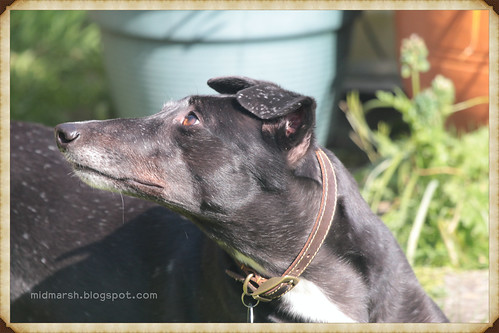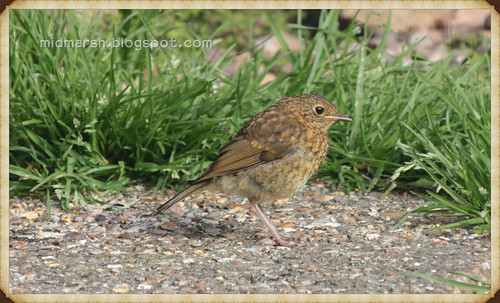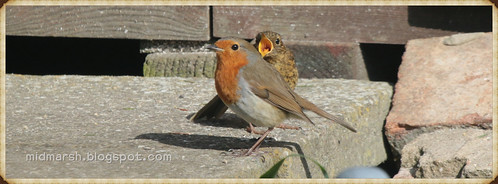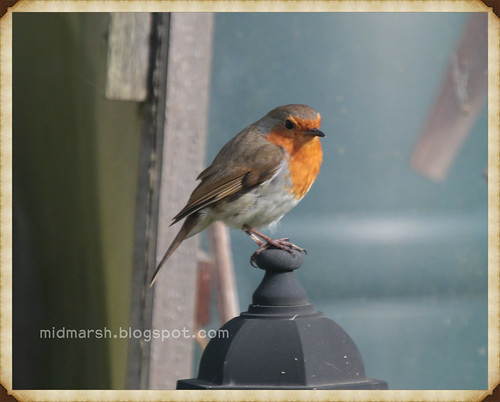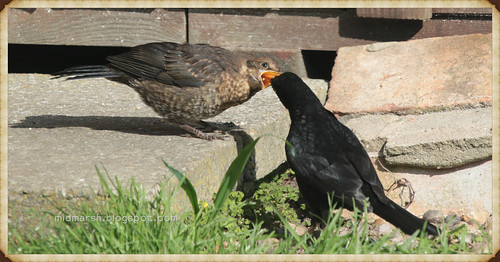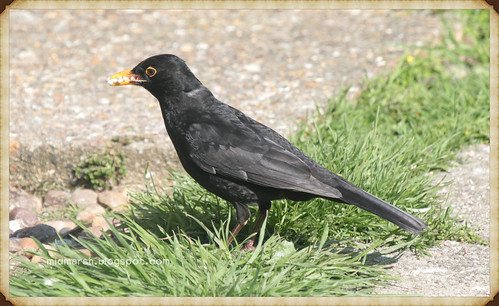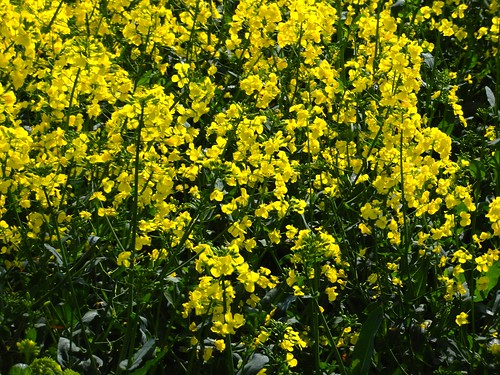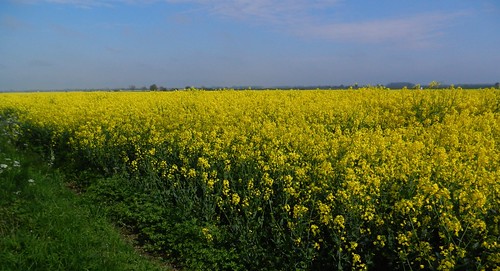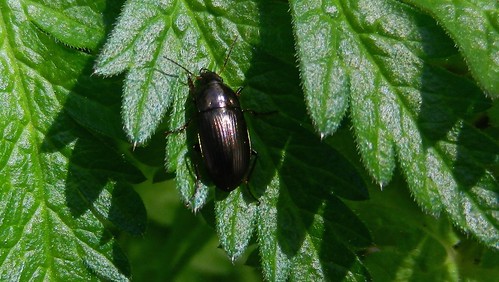I've had a couple of roosting pockets hanging from the side of the shed for quite a while. Regulars may remember that a Wren built a nest in one but then abandoned it. I think they were too exposed to be of real interest to any birds. I decided to move one to a more sheltered spot at the end of the garden behind a shrub:
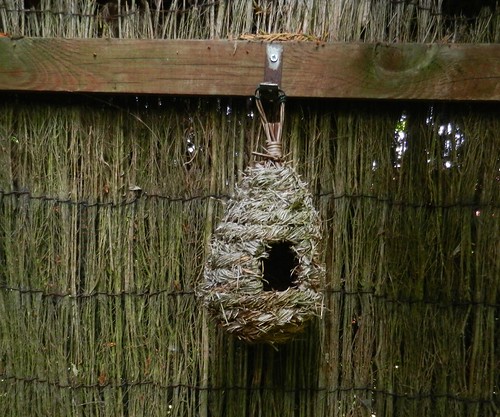
I fixed it near the diamond shaped nest box and adjusted the camera to look straight at it:
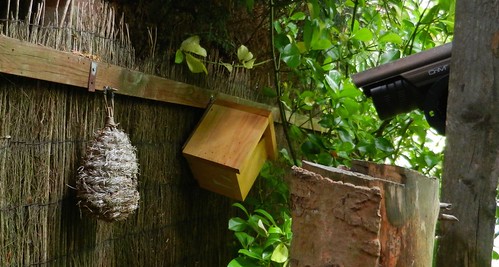
It didn't stay like that for very long. The recorder the camera is connected to starts recording when any movement is detected. Unfortunately even a slight breeze caused the pocket to wobble so a lot of useless recordings were being made.
In the meantime I had looked on eBay to see if any roosting pockets were for sale. Yes, there are. One I saw was built in a wooden frame which added extra shelter from the elements. I decided to try the same idea as it would be easier to fix a wooden frame so it didn't move around in a breeze.
What to use? The obvious thing was to adapt the diamond nest box so I took it down and removed the extra panels I had fixed to the back. The inside was pristine so it was obvious no bird had shown real interest in using it. Turning the box back to front the pocket wedged in place very snugly so that worked out well. Fixed the modified unit in place and made sure the camera got a good view of any activity:
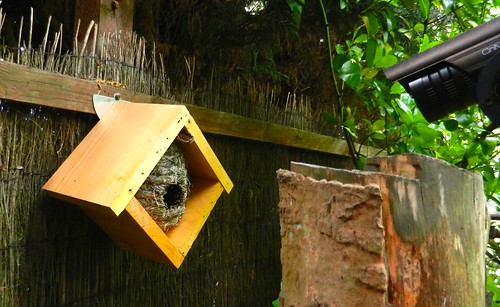
The box is not as exposed as that view would suggest:
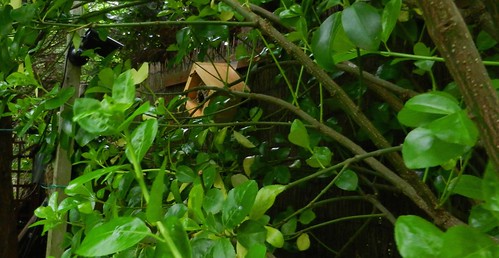
I don't expect any activity this time of year as the roosting pocket is designed to be a Winter shelter for a small bird. A Robin or Wren might show some interest in it as a nesting site though that would probably be next year. At least getting it all fixed up now gives time for it to become part of the natural surroundings.
The eight Great Tit babies are thriving, and growing at a fast rate, as the parents are brilliant at fetching a constant supply of live food for them.
